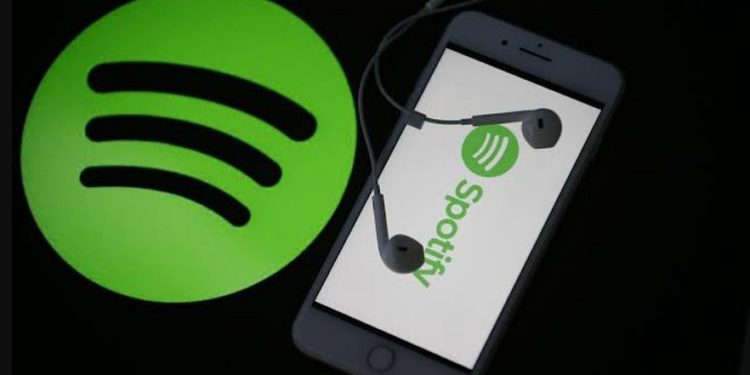Audio streaming giant, Spotify experienced a hike in share price, with a nearly 10% increase on Tuesday as revenue climbs $400 million in Q3,
This boost followed the release of its third-quarter financial report, which revealed a substantial quarter-by-quarter revenue increase of $400 million.
In terms of the stock market, Spotify’s shares were trading at over $169 as of 1 p.m. on Tuesday, reflecting a 9.6% increase since Monday. Year-to-date, Spotify’s stock has risen by almost 110%, equivalent to $90, although it still remains well below its early 2021 levels when it reached above $300.
According to Spotify’s financial statement, they recorded approximately €3.357 billion (equivalent to $3.6 billion) in revenue during the last quarter, a notable increase from €3.036 billion (or $3.2 billion) from the previous year.
The company reported a net income of €65 million for the three months ending on September 30, translating to €33 cents per share.
This represents a substantial turnaround compared to the €166 million loss experienced during the same period in 2022.
What you should know
- “The business delivered strong results in Q3, as all of our key performance indicators exceeded guidance.” Notable achievements include a 26% year-on-year growth in monthly active users, reaching 574 million, which exceeded their guidance by 2 million. Additionally, the company saw a net addition of 23 million users, marking its second-largest Q3 net addition performance in its history. Premium subscribers also grew by 16% year-on-year, reaching 226 million, surpassing guidance by 2 million,” a summary from the company read.
Analysts had predicted a €25 cent loss per share and revenue of €3.54 billion, according to consensus estimates compiled by FactSet
Spotify’s monthly active users increased by 26%, while premium subscribers grew by 16% year-over-year.
Spotify implemented a $1 per month subscription price increase earlier this year, contributing to a 10% boost in revenue from its premium subscriptions.
The company also enacted cost-cutting measures in marketing, personnel, and related expenses, resulting in a 13% reduction in operating costs.






















